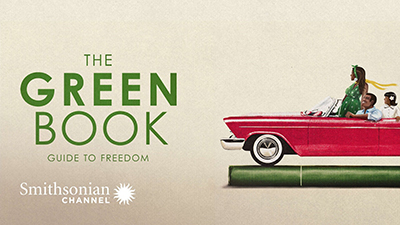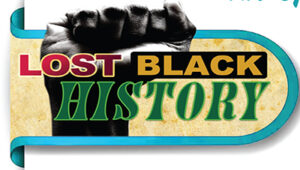By Don Valentine
For Black motorists, the Green Book became an essential, like food or water. Thanks to “Mr. Jim Crow, segregation hazards were omnipresent throughout the country. Black travelers not only met with the humiliation of being turned away from businesses, but also had to be ever aware of the threat of lynchings or other racist violence. The slogan on the guide’s cover also doubled as a warning: “Carry your Green Book with you—You may need it.”
Smithsonian Magazine chronicled, “Victor H. Green, a 44-year-old Black postal carrier in Harlem, relied on his own experiences and on recommendations from Black members of his postal service union for the inaugural guide bearing his name, The Negro Motorist Green-Book, in 1937. At the apex of its circulation, Victor printed 20,000 books annually, which were sold at Black churches, the Negro Urban League and Esso gas stations.” He found a model for his publication in the guides for Jewish travelers found in their newspapers. The Green Book was not the only Black travel guide, but it was absolutely the most popular. The National Park Services listed at least 6 others on the market while it was in publication. “Hackley and Harrison’s Hotel and Apartment Guide for Colored Travelers was the first, established in 1930 by Edwin Henry Hackley and Sarah D. Harrison, but only in operation for one year. Others included Grayson’s Travel and Business Guide (begun 1937); Smith’s Tourist Guide (begun 1940); Go Guide to Pleasant Motoring (1952-1959); Travel Guide (1947-63)…”
Its success can be attributed to Victor’s involvement with the National Association of Letter Carriers to reach out to postal workers across the country to gather information. The guide offered cash payments to readers for their tips. In addition to motels and restaurants, the book also had listings for taverns, nightclubs, tailors, barbershops, beauty salons, drug stores, liquor stores, gas stations, and garages. The guide included valuable articles on safety. The 1963 edition wrote, “Your Rights, Briefly Speaking–a state-by-state summary of civil rights laws. For example, in Alaska: Anti-jimcro law in recreational facilities. Violators are subject to criminal punishment (court proceedings)”; in Illinois: Anti-jimcro law in recreational facilities, including discriminatory advertising.” In 1964, the Civil Rights Act finally banned racial segregation in public places, and the Green Book had written its final edition.
To learn more read, The Overground Railroad by Candacy Taylor.

